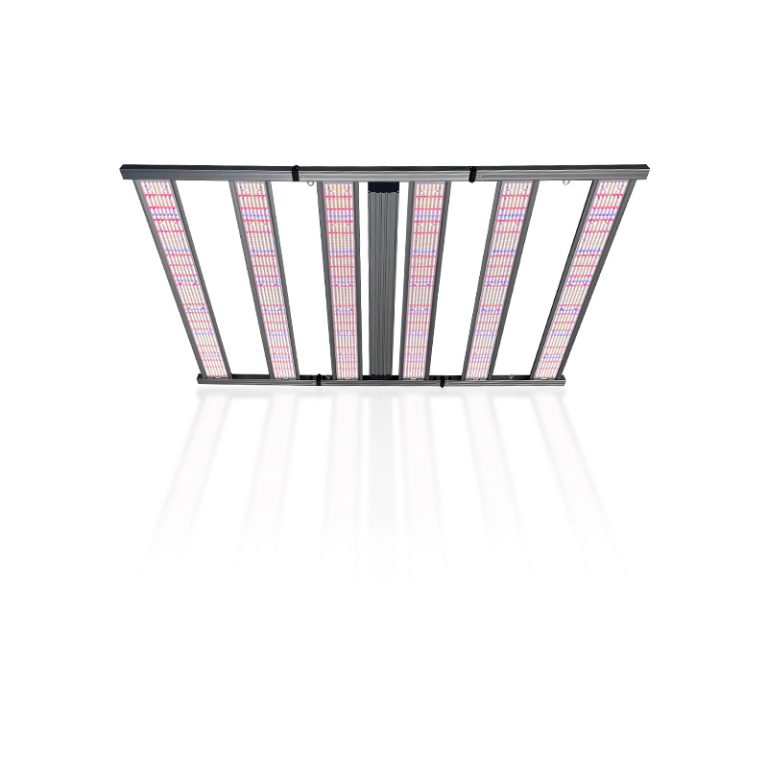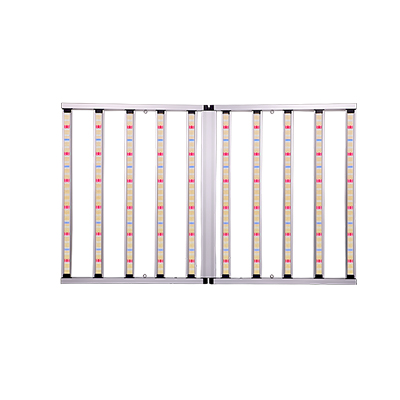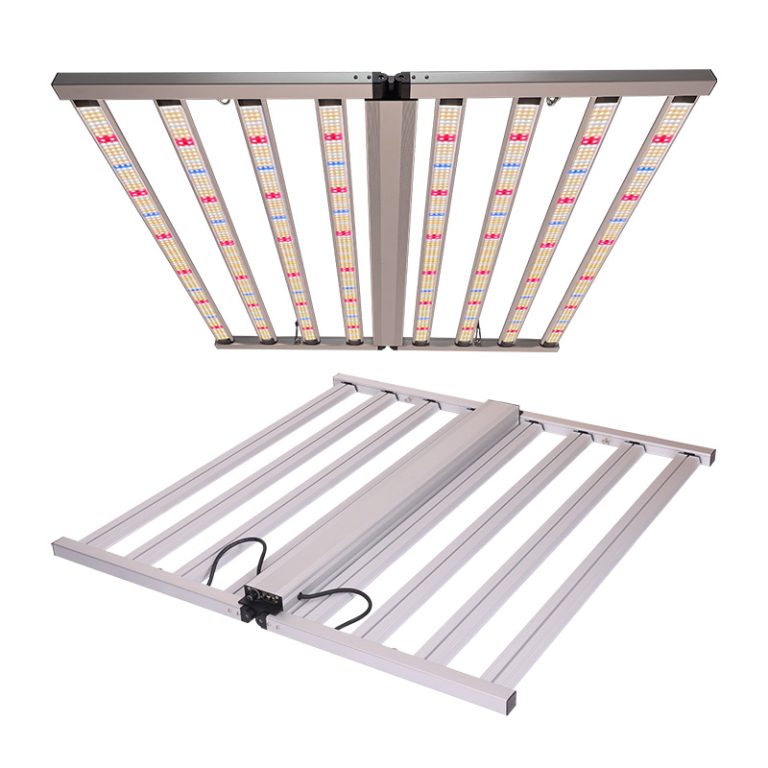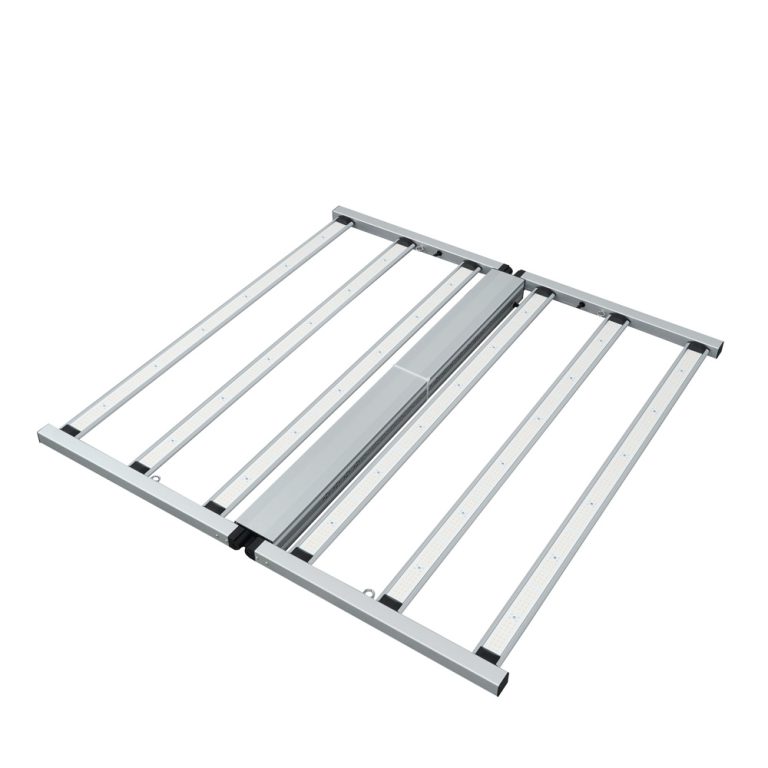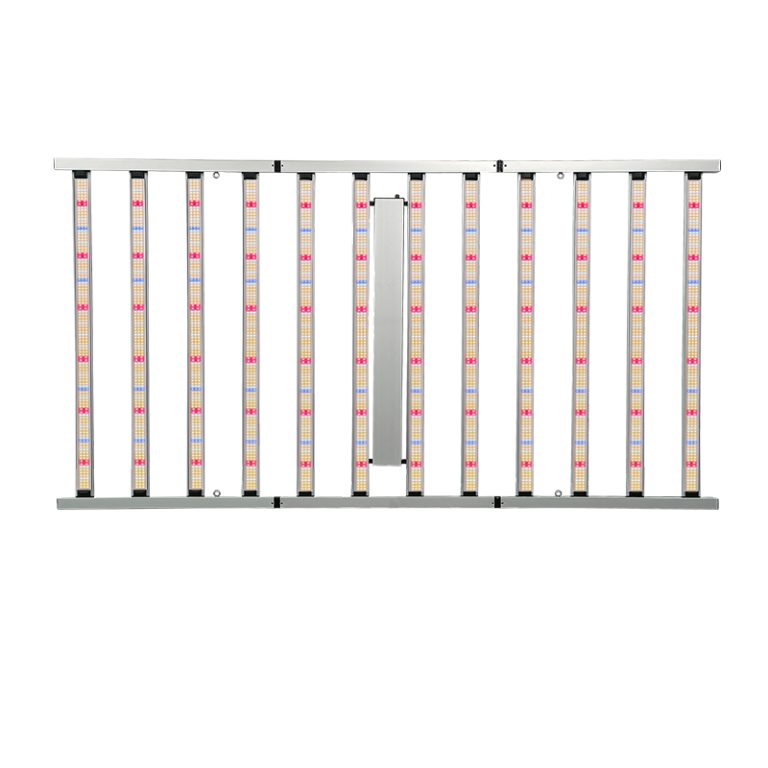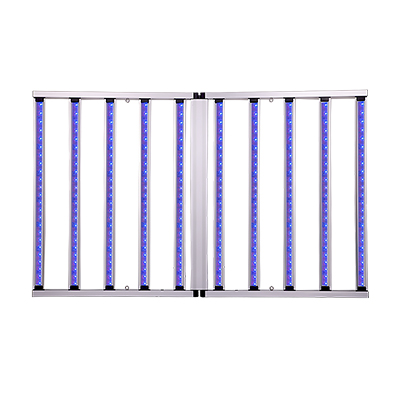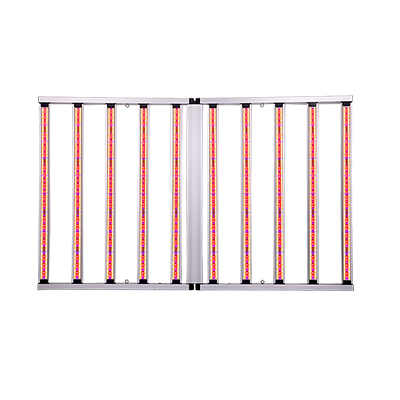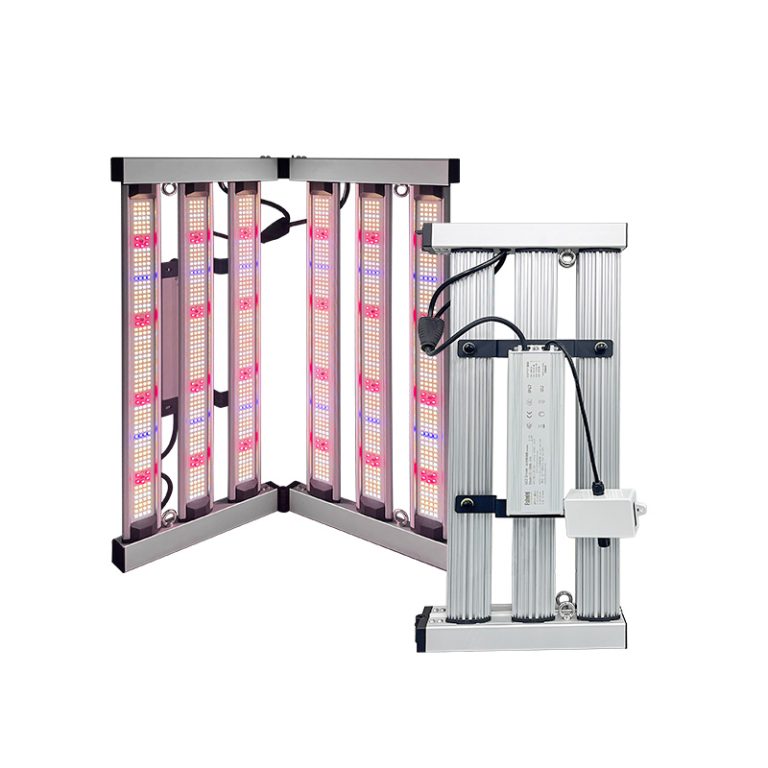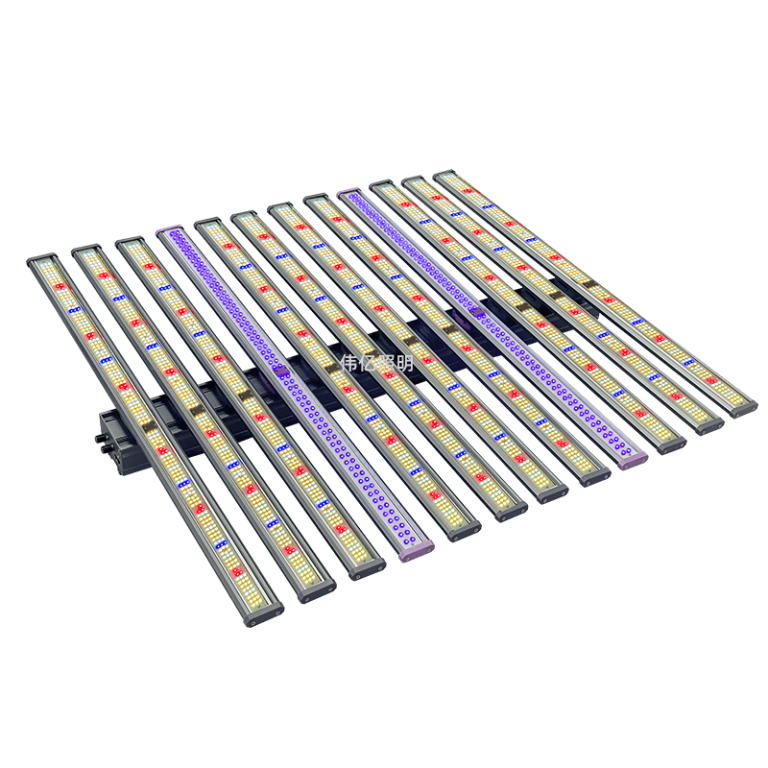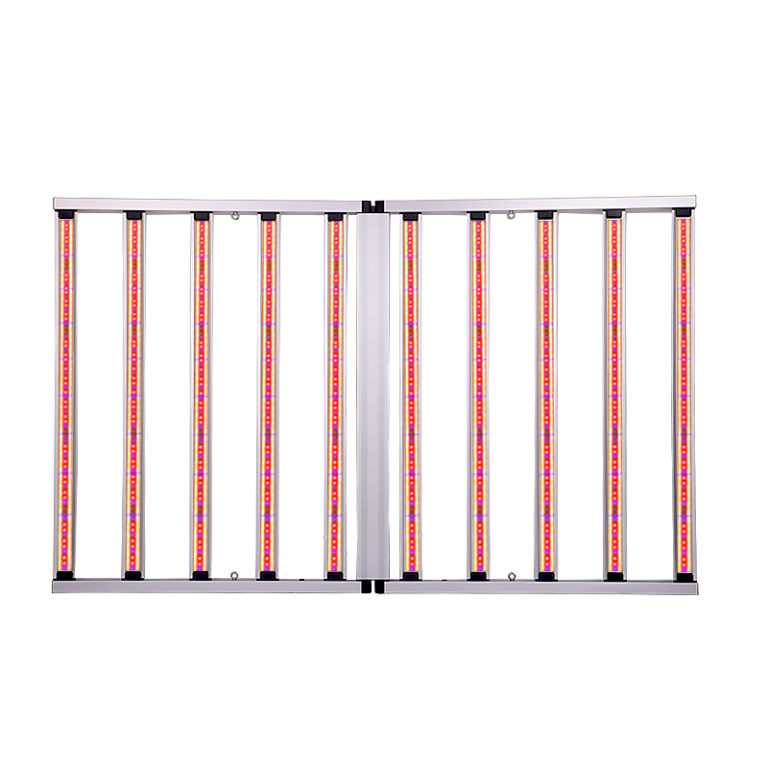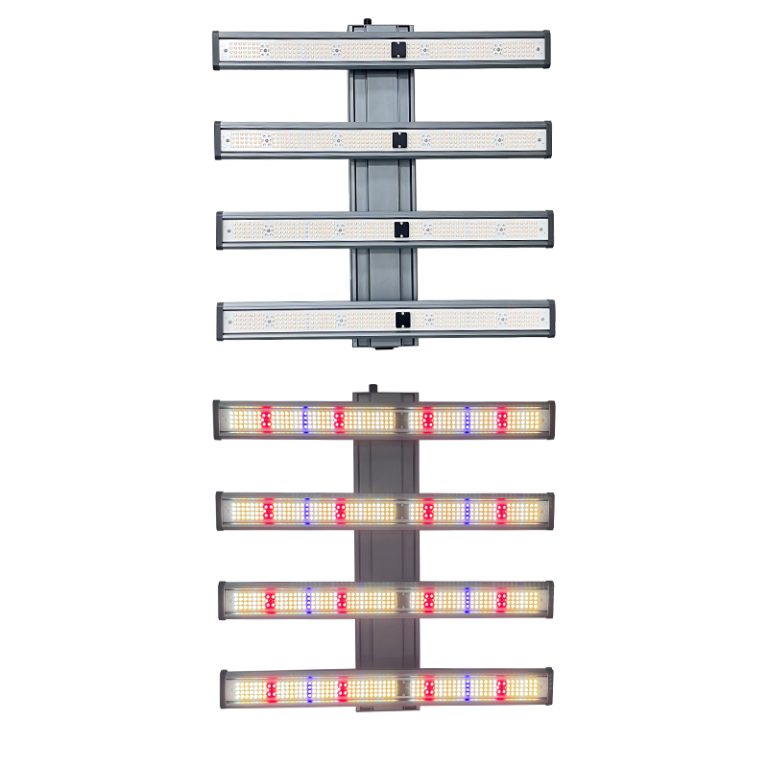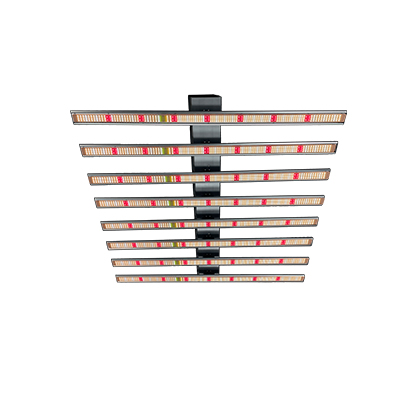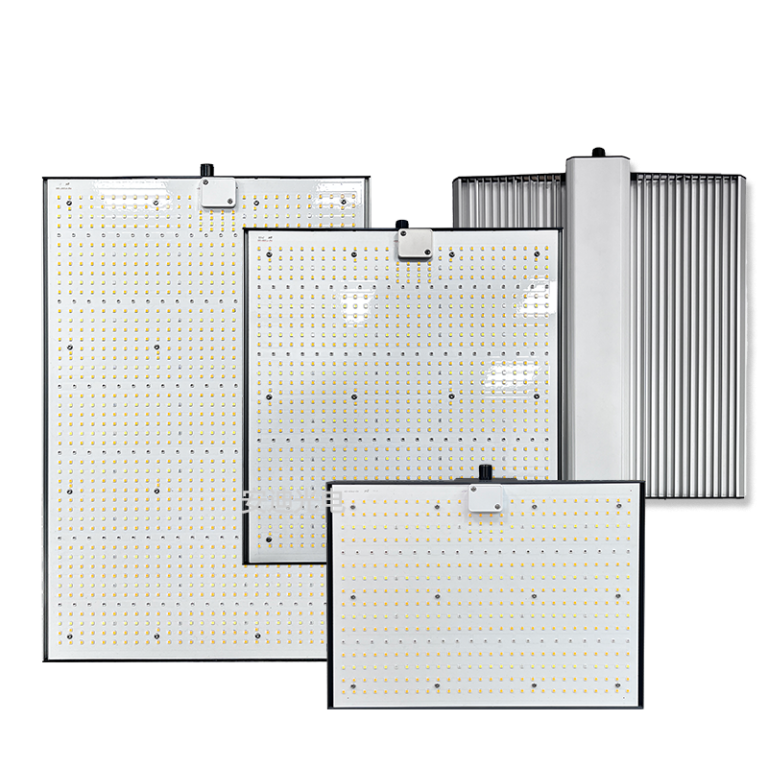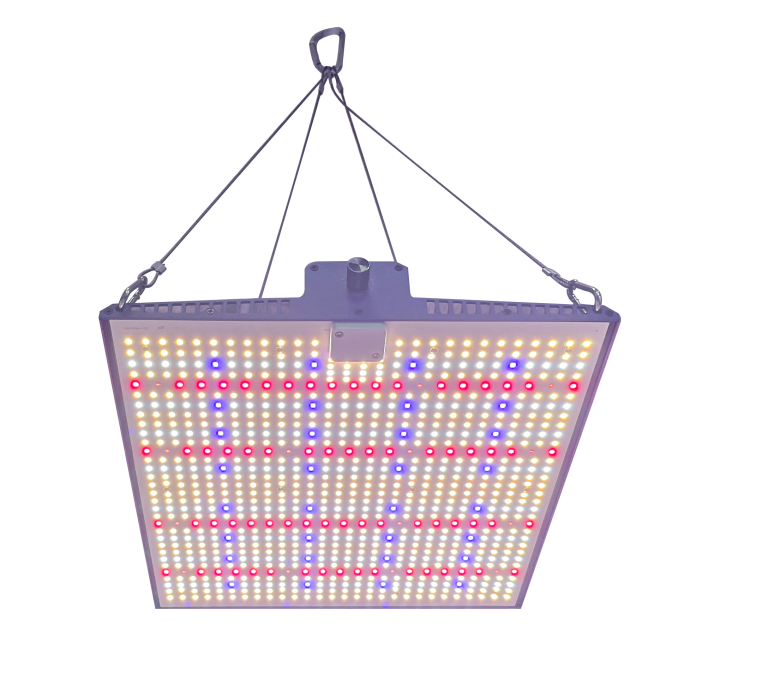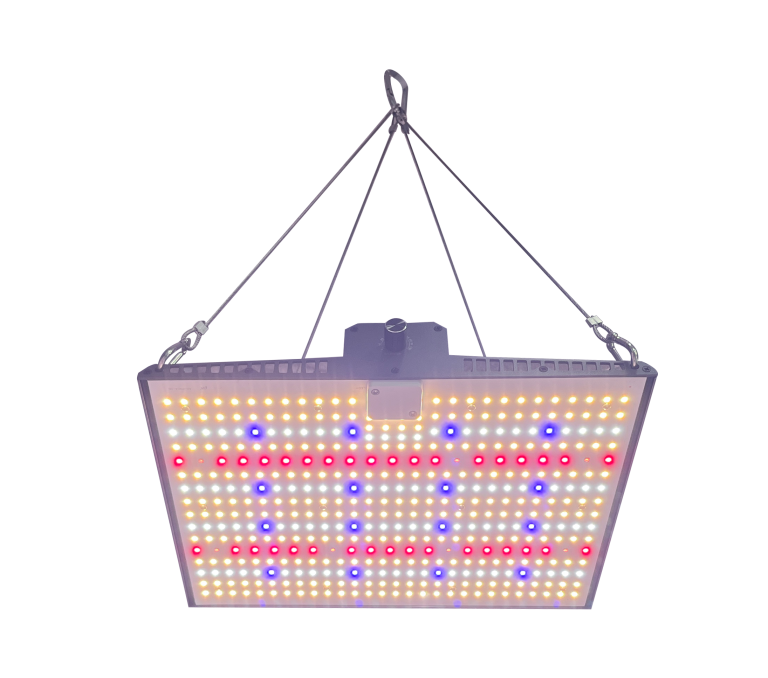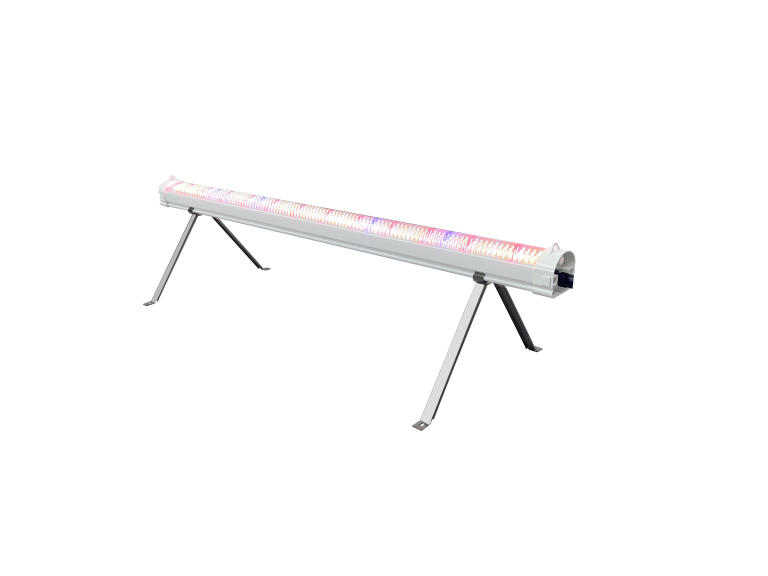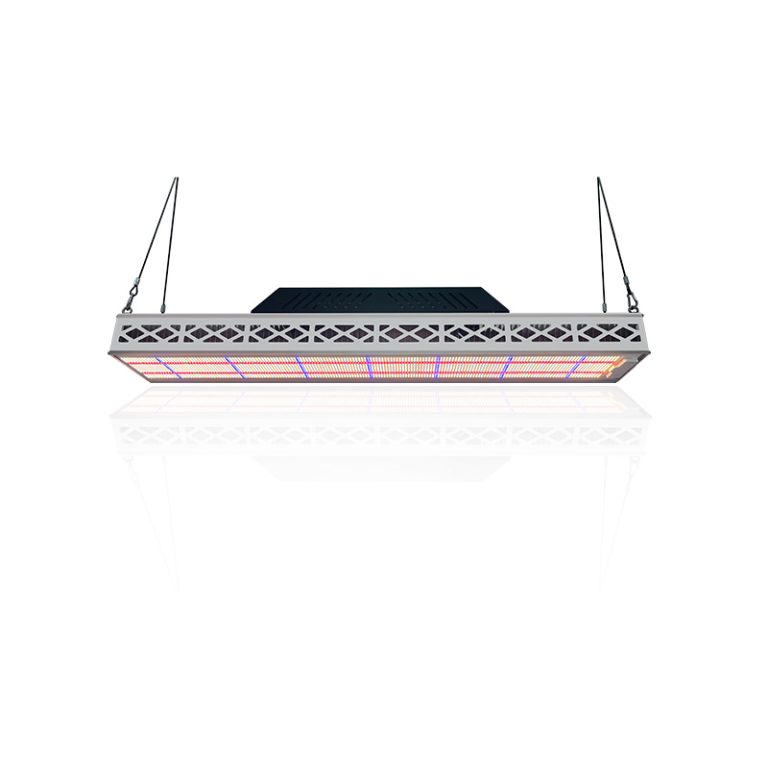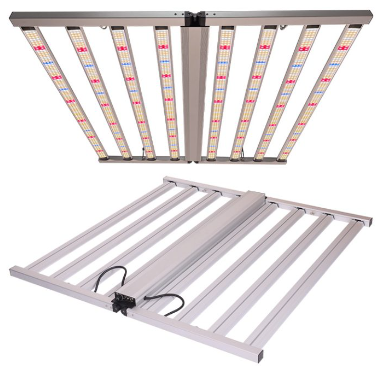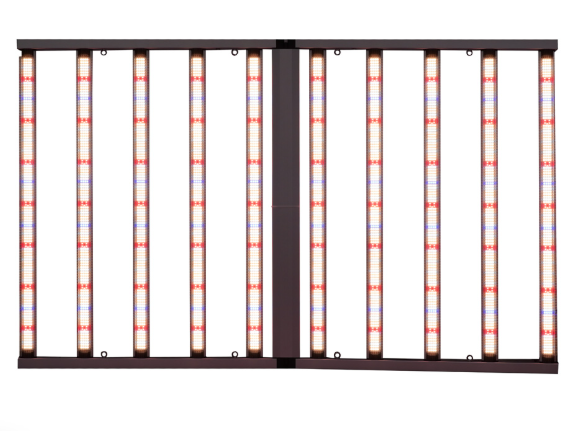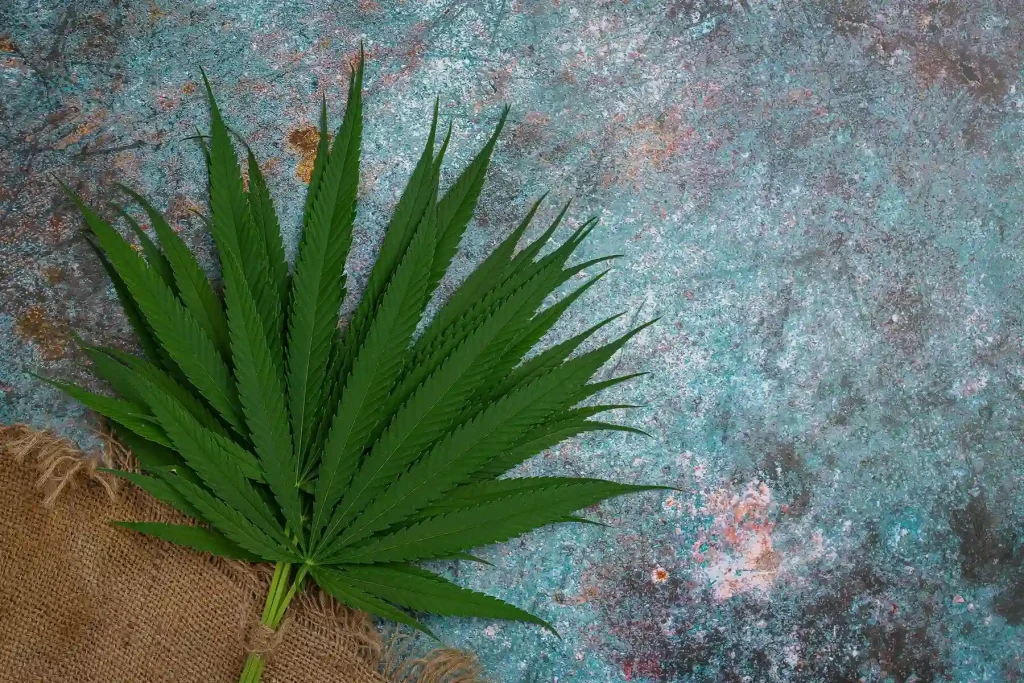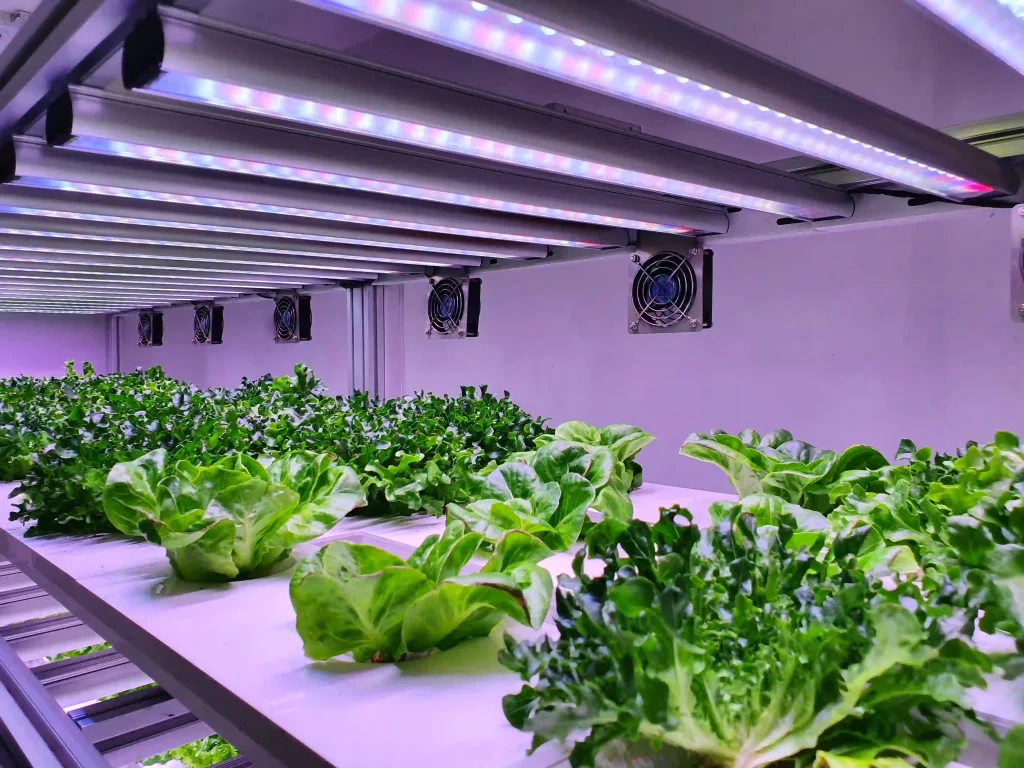
The Impact of Green Light on Plant Growth
The effectiveness of green LED grow lights largely depends on the frequency and intensity of the light. When combined with red and blue light (often referred to as “blurple”), green light can significantly enhance the overall spectrum coverage, which is crucial for photosynthesis and promoting deeper canopy penetration.
Research indicates that while plants primarily absorb red and blue light for photosynthesis, green light plays a supportive role by penetrating the leaf canopy. This capability allows it to reach lower leaves, providing essential energy for photosynthesis in those areas. As a result, using a combination of red, blue, and green LEDs can help ensure that all parts of the plant receive adequate light, ultimately leading to healthier growth and higher yields.
Advantages of Green LED Lights in Growing Spaces
One of the standout advantages of using green LED lights is their ability to illuminate the growing space without disturbing plants during their dark cycle. For many plant species, maintaining a consistent dark period is crucial for promoting metabolic processes and overall health. Interrupting this dark period can lead to stress, hinder growth, and negatively affect flowering or fruiting.
The unique characteristics of green light make it an ideal choice for growers who need to conduct routine maintenance in their indoor gardens. Because green light has minimal effect on photosynthesis, you can safely use green LED lights to check on plant health, water, or adjust nutrients without disrupting the plants’ natural growth rhythms. This makes it easier for gardeners to manage their grow spaces, especially for those with busy schedules or those who grow on a larger scale.
 Eye-Friendly Lighting
Eye-Friendly Lighting
In addition to the practical benefits for plants, green LED grow lights are also easier on the eyes compared to traditional grow lights. Many growers spend extended hours in their indoor gardens, and harsh lighting can lead to eye strain and discomfort. The gentle nature of green light allows growers to observe their plants more comfortably, making it easier to spot any issues such as pest infestations or nutrient deficiencies.
The reduced glare and strain associated with green LED lights enable growers to work efficiently and effectively. This aspect is particularly important when it comes to monitoring plant health, as being able to see clearly can help identify problems before they escalate, ensuring that plants remain healthy and vibrant.
How to Effectively Utilize Green Light
To maximize the benefits of green light for plant growth, it’s essential to understand how to incorporate it into your lighting strategy. Growers can effectively combine green LED grow lights with other light spectrums, particularly red and blue lights. This combination allows for a full-spectrum approach that meets the diverse lighting needs of plants throughout their various growth stages.
When positioning your green LED lights, consider the layout of your grow space. Placing green lights at strategic angles can enhance light distribution and ensure that all parts of the plants receive adequate coverage. Additionally, growers can use timers to automate light cycles, ensuring that the dark periods remain uninterrupted while still allowing for necessary maintenance during the light cycles.
Regularly monitoring plant responses to the light spectrum is crucial for optimizing growth. Observing changes in plant behavior, such as leaf color, growth rate, and overall health, can help you adjust your lighting strategy as needed. This proactive approach will ultimately lead to healthier plants and better yields.
Conclusion
In summary, green LED grow lights are a simple yet effective tool for optimizing indoor gardening environments. Their ability to support plant growth without disrupting dark cycles, combined with their eye-friendly characteristics, makes them an invaluable resource for both novice and experienced growers alike. By harnessing the power of green light in conjunction with red and blue spectrums, you can enhance plant growth outcomes while enjoying a more comfortable growing experience.
If you have any questions about selecting the right grow lights for your indoor garden or need expert advice on optimizing your lighting strategy, feel free to contact us. Our team is here to help you achieve the best possible results in your gardening endeavors!

